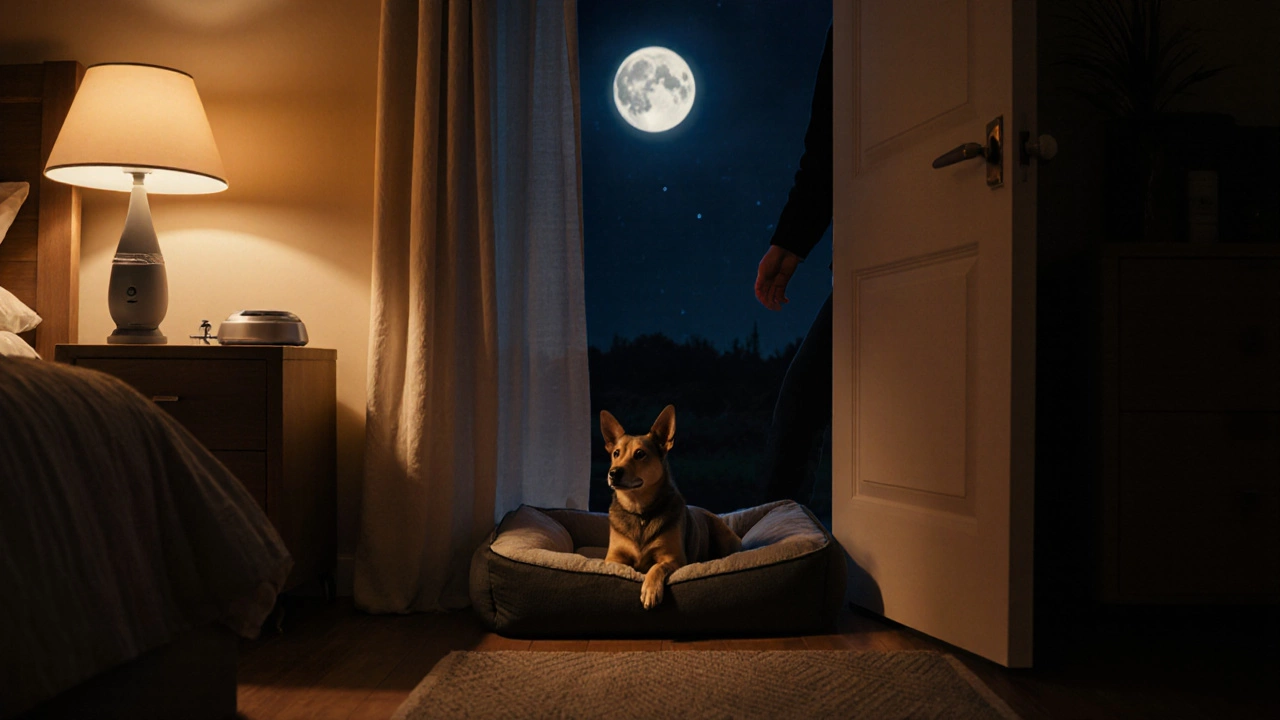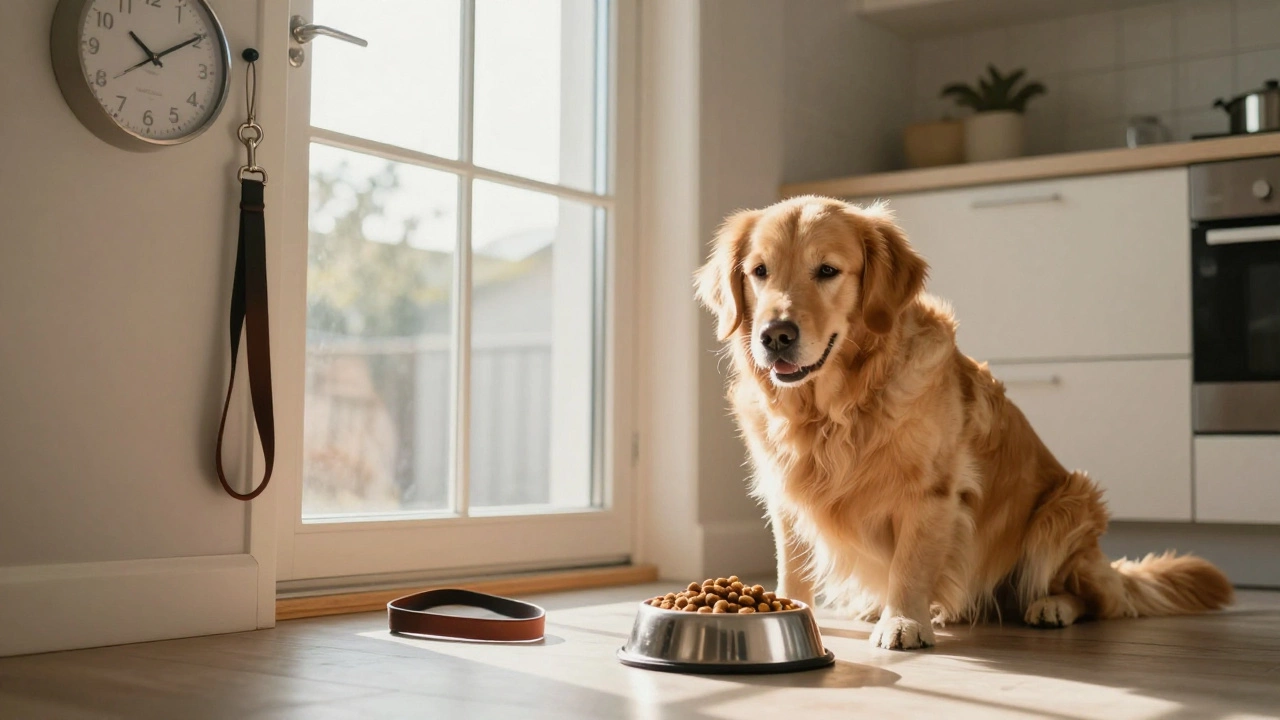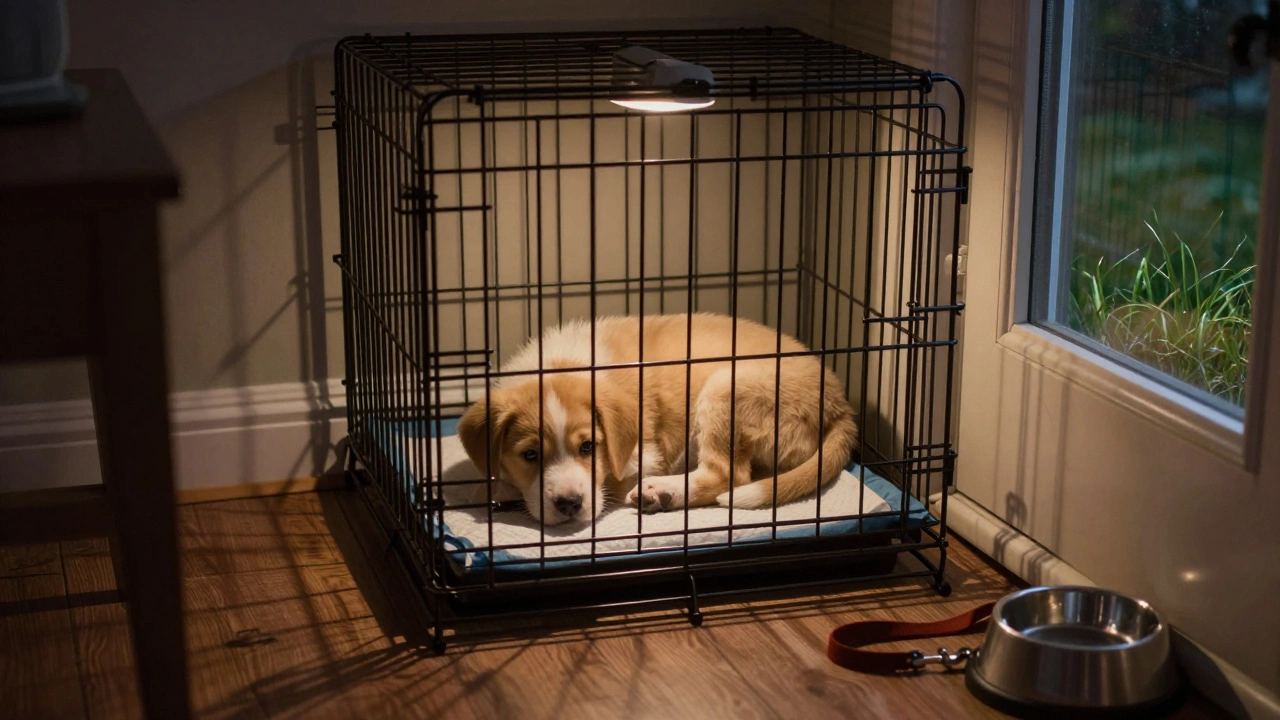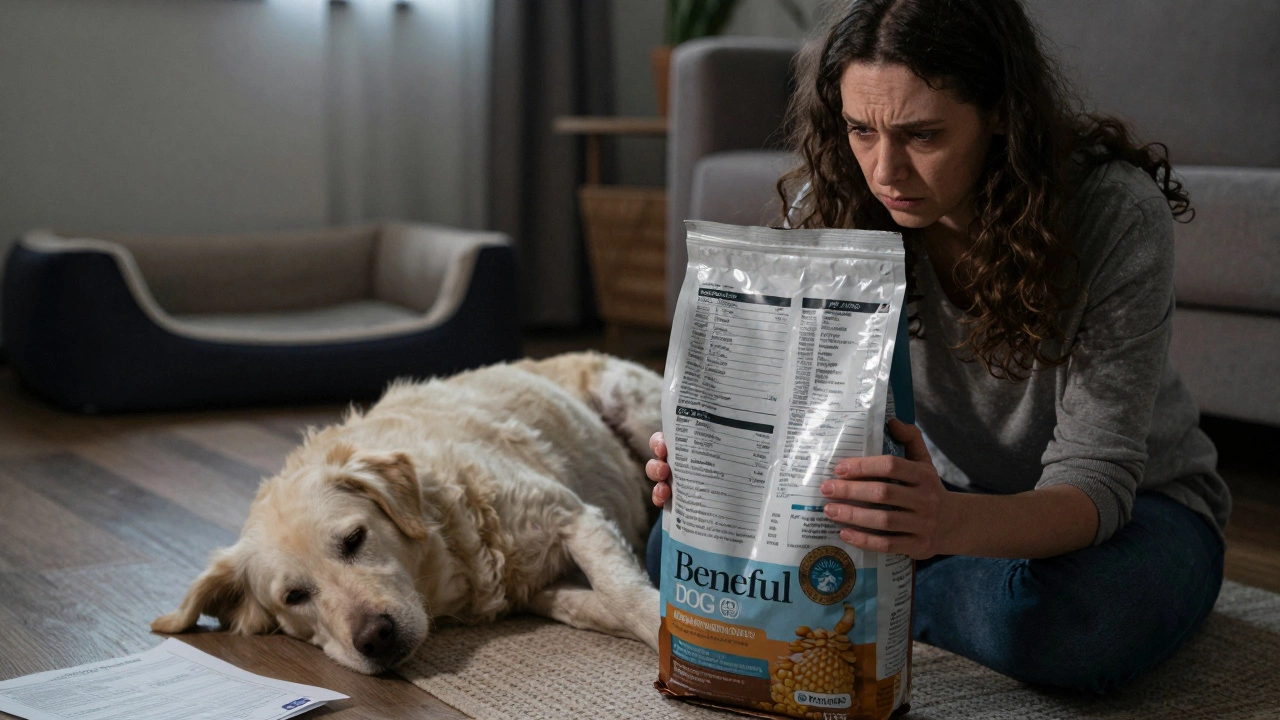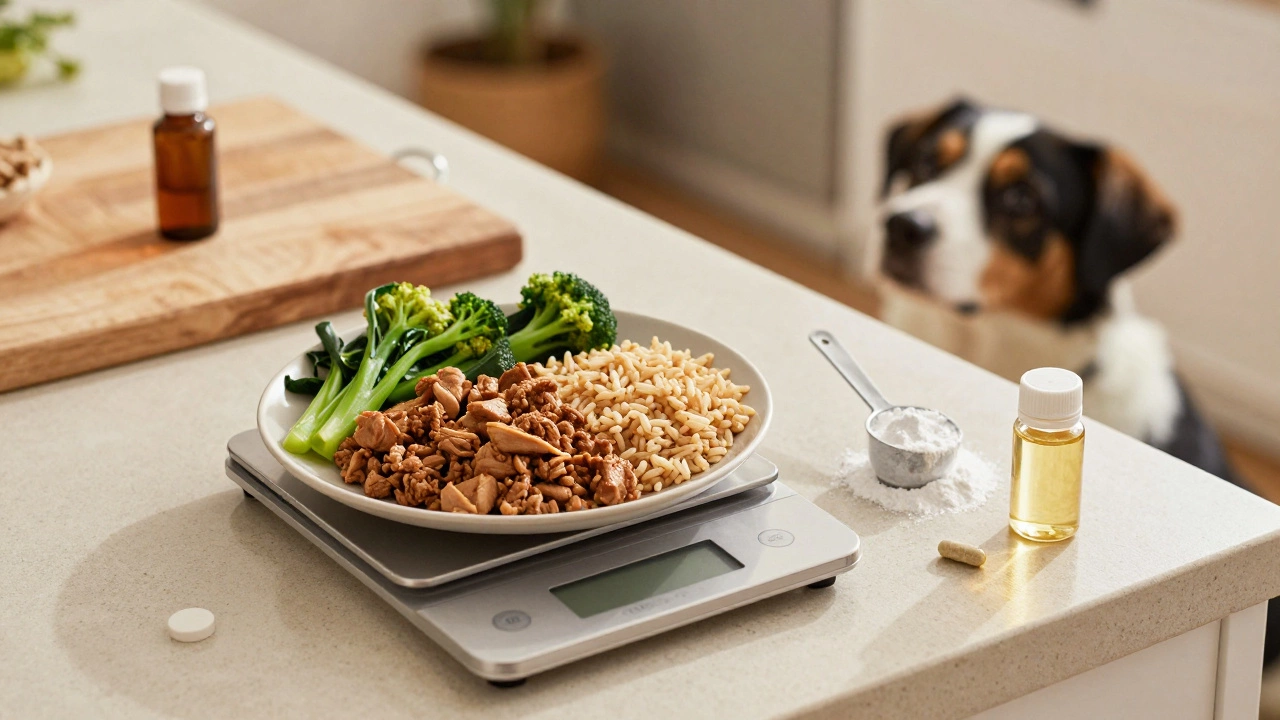Dog Sleep Alone: Practical Tips for Calm Nights
When dealing with dog sleep alone, the practice of letting a dog rest without direct human presence during nighttime. Also known as dogs sleeping alone, it often raises questions about safety, anxiety and comfort. Understanding the core idea helps you pick the right tools and routines for a peaceful bedtime.
One of the most common solutions is a dog crate, a safe, enclosed space that mimics a den and gives the dog a sense of security. Often called a kennel, a well‑chosen crate can reduce nighttime wanderings and protect a sleeping dog from bumps or cold floors. The crate’s size, material and placement directly affect how well a dog adjusts to sleeping alone. Pairing the crate with a cozy blanket or a favorite toy can make the den feel like a personal sanctuary.
Before you even think about a crate, learn to read your pet’s canine sleep cues, signs such as restless pacing, whimpering or finding a specific spot before bedtime. These cues tell you when the dog is truly ready to settle or when anxiety is kicking in. Noticing a slow wag of the tail, eyes closing gradually, or a relaxed posture signals a natural sleep rhythm. By aligning bedtime routines with these cues, you can avoid forcing sleep and instead guide the dog into a calm state.
Speaking of anxiety, separation anxiety, the stress a dog feels when left alone, especially at night often shows up as barking, pacing or even accidents in the house. This emotional response can make the idea of sleeping alone feel like a punishment. Addressing it early with short, positive alone‑time sessions during the day builds confidence. Gradually extending these periods, while rewarding calm behavior, eases the transition to nighttime solitude. Understanding that separation anxiety directly influences how a dog sleeps alone lets you target the root cause rather than just the symptom.
When anxiety peaks, many owners turn to calming aids, vet‑approved supplements, pheromone diffusers or low‑volume background sounds designed to soothe dogs. Options range from natural remedies like chamomile or CBD oil to non‑medicinal tools like a soft TV in the background. The right aid works best when combined with a consistent bedtime routine and a comfortable crate. Always check dosage and potential side effects with a vet, then monitor how the dog reacts over several nights. A well‑chosen calming aid can bridge the gap between a nervous pup and a relaxed sleeper.
Now that you’ve got the basics—crate choice, sleep cue reading, anxiety management and calming aids—you’re ready to dive deeper. Below you’ll find articles that spell out each step, share real‑world stories and give you actionable checklists. Whether you’re looking for a night‑time crate setup guide or tips on soothing a nervous dog, the collection covers every angle of letting your dog sleep alone confidently.
Is Leaving Your Dog Alone Overnight Cruel? Risks and Practical Tips
Find out if leaving a dog alone overnight is cruel and learn practical steps, safe sleep setup, and alternatives to keep your pet happy and healthy.

